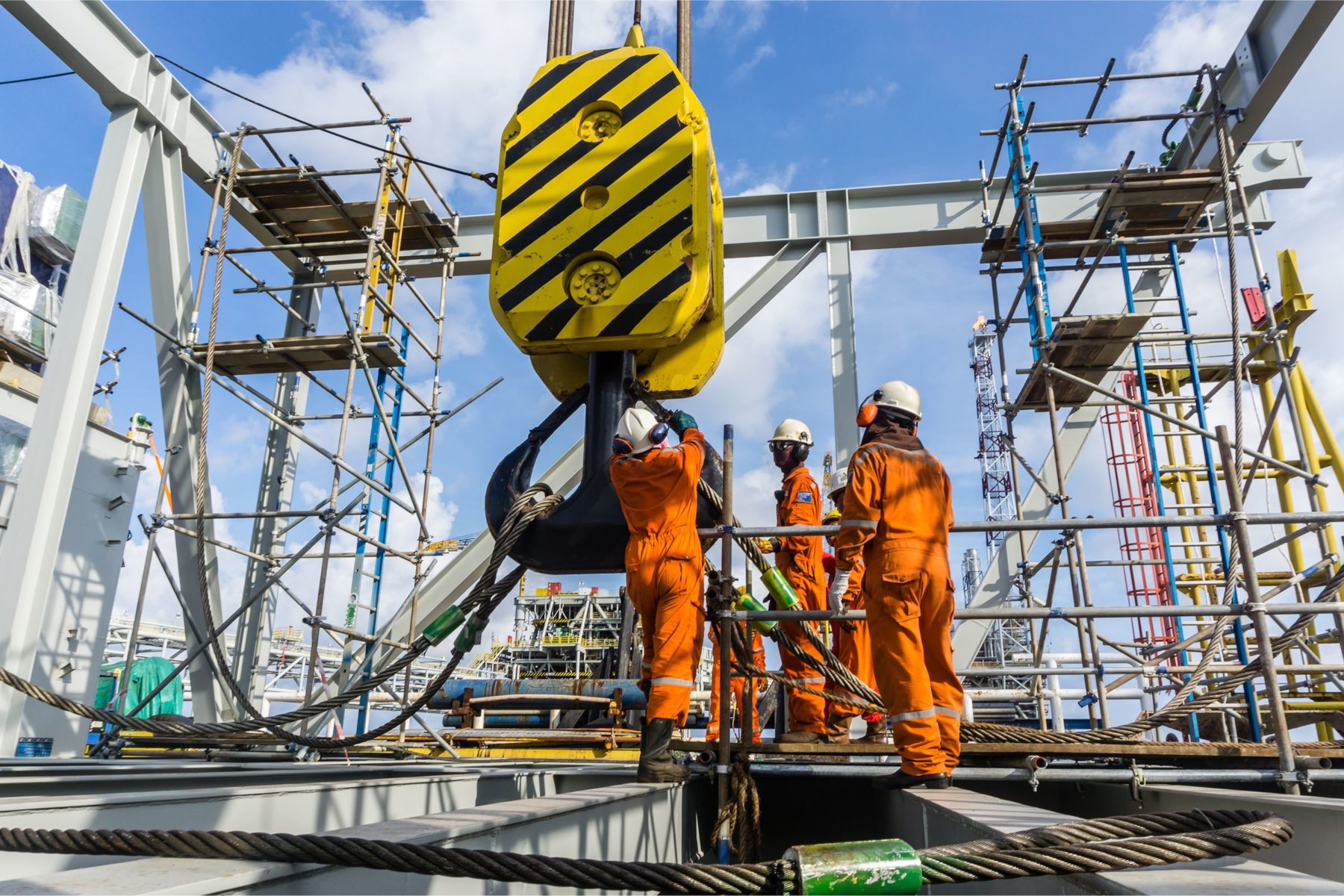
Essential Concrete Safety Tips: Protecting Workers on the Job Site Working with concrete is a fundamental aspect of the construction...
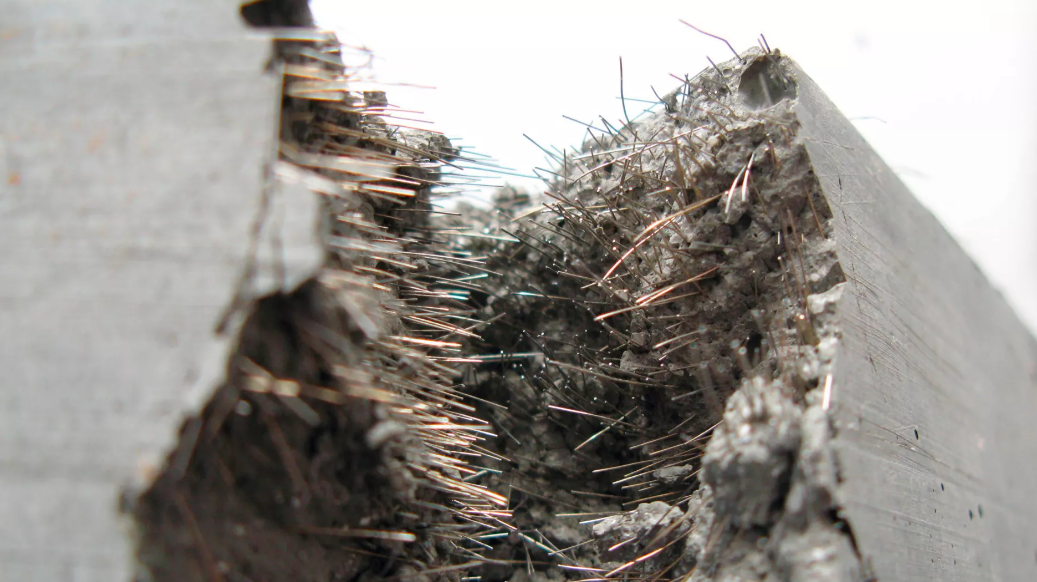
Reinforced concrete with fibers (RCF) is an advanced construction technique that has gained popularity due to its ability to enhance the strength and durability of structures. In this article, we will explore what reinforced concrete with fibers is, how it works, and what its benefits are compared to conventional concrete.
Reinforced concrete with fibers is a blend of conventional concrete that incorporates synthetic, metallic, or glass fibers to enhance its mechanical properties. Fibers can be of different types, such as steel fibers, polypropylene fibers, glass fibers, and carbon fibers, each with unique reinforcement characteristics.
Fibers in reinforced concrete act as additional reinforcements that increase the toughness and tensile strength of the material. This helps prevent crack propagation, improve flexural strength, and reduce the risk of structural failure in the event of seismic loads or sudden impacts. Additionally, RCF can enhance fire resistance and abrasion resistance, making it ideal for a variety of structural and paving applications.
RCF is used in a wide range of construction applications, including pavement slabs, industrial floors, precast elements, tunnel linings, and structural reinforcements. Its ability to provide uniformly distributed reinforcement throughout the material makes it especially useful in projects where high strength and durability are required.
The different fibers used in RCF have specific properties that affect their performance in concrete. For example, steel fibers are known for their high strength and crack control capability, while polypropylene fibers are lighter and corrosion-resistant. The choice of fiber type depends on the project’s needs and exposure conditions.
The dosage and mixing process of RCF are crucial to ensure optimal material performance. Factors such as the quantity and type of fibers, water-cement ratio, and uniform distribution of fibers in the mix must be considered to ensure consistent strength and durability throughout the structure.
When designing and constructing with RCF, it is important to consider the specific properties of the material, as well as applicable building regulations and standards. Proper design and construction practices must be followed to ensure structural integrity and long-term durability of the work.
Conclusions and Future Perspectives: In conclusion, reinforced concrete with fibers is an advanced technology that offers a range of benefits in terms of strength, durability, and structural performance. With its ability to improve the safety and longevity of structures, RCF is playing an increasingly important role in the construction of resilient and sustainable infrastructure worldwide.

Essential Concrete Safety Tips: Protecting Workers on the Job Site Working with concrete is a fundamental aspect of the construction...
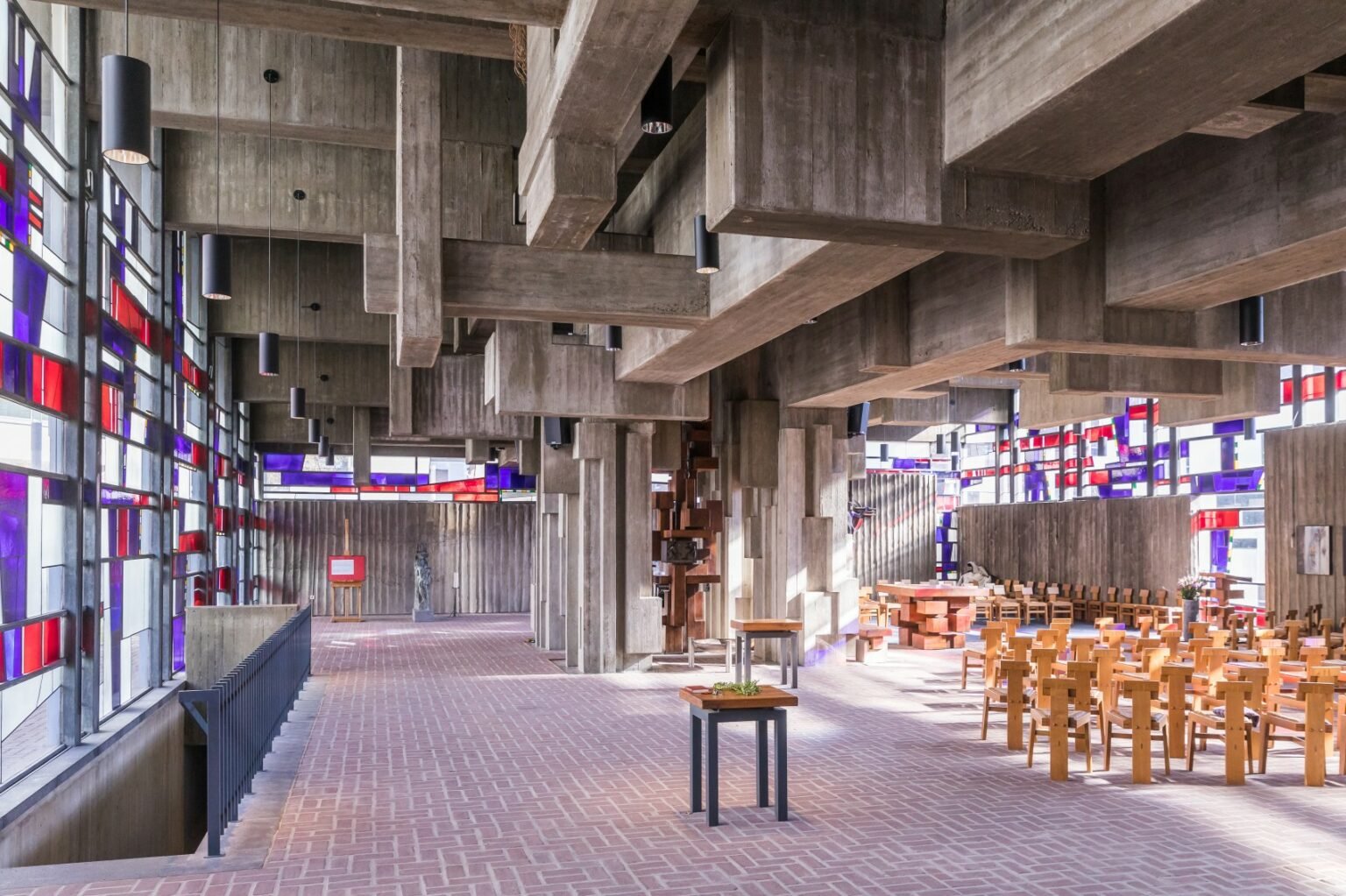
Decorative Concrete: Trends in Modern Finishes for 2025 Concrete is no longer just a construction material — it’s become a...
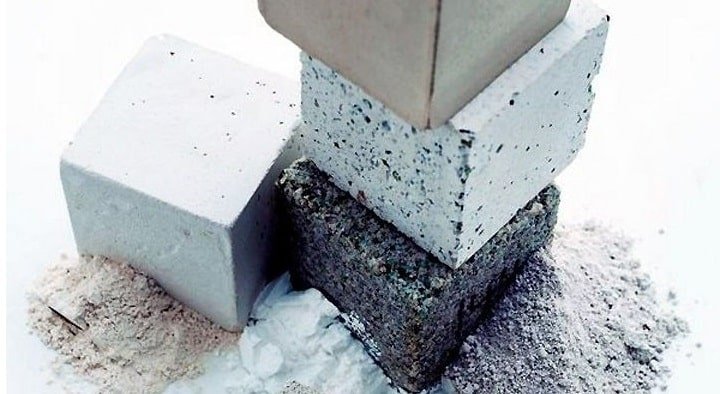
Sustainable Concrete Innovations in 2025: The Future of Eco-Friendly Construction In 2025, the construction industry continues its transformation towards sustainability,...

The Science Behind Concrete Cracking: Causes and Solutions Cracks in concrete are one of the most common issues in construction,...

Top 10 Concrete Myths Debunked: What Every Contractor Should Know Concrete is one of the most widely used construction materials,...
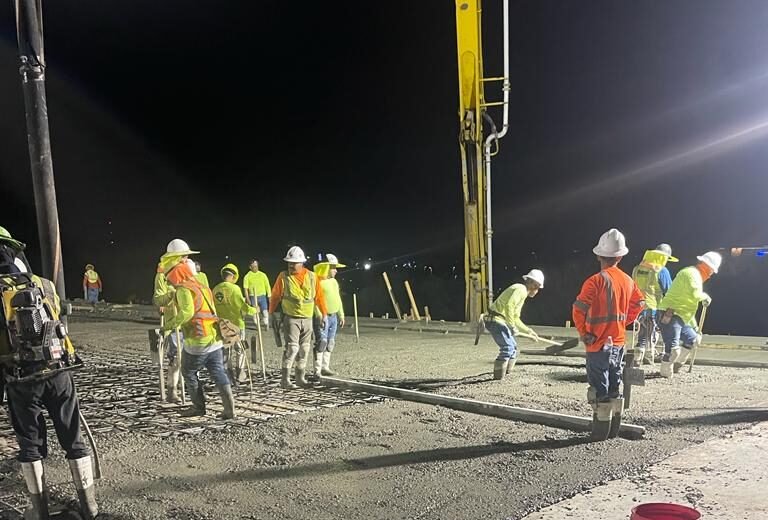
How to Plan Concrete Pouring in Large Construction Projects Pouring concrete in large-scale construction projects requires meticulous planning, logistical coordination,...
© 2023 Created with RGA Concrete Contractors LLC
This website uses cookies to provide you with the best browsing experience.